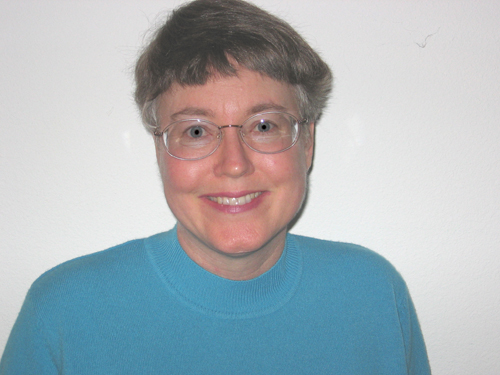Partners for Livable Communities has partnered with many organizations including the National Association for Area Agencies on Aging (n4a) and AARP to “develop a "Blueprint for Change" that will imagine what an elder-friendly community might be: what it would look like, what services it needs, how older persons can be involved in the planning, what special educational, recreational and cultural opportunities are needed, how cross-generational contacts can be made, and what programs are helping older persons feel safe and secure.” This partnership has created many resources for communities and older adults concerning “aging in place”.
NeighborWorks America is hosting these resources. The web pages about “aging in place” include: articles, links to organizations, and reports and studies.
I found one of the studies particularly interesting - “Livable Communities & Aging in Place” by Elli Dalrymple. This report states that “Aging in place is more than the ability to remain in one’s home; it is also the ability to continue to function and thrive in one’s community.” There are many issues related to “aging in place”. Besides affordable housing and transportation, there is also a need for older adult recreational, educational, social, and cultural opportunities.
Libraries can play a key part in responding to these older adult needs. There are several ways that libraries can contribute to the quality of life of older adults in our communities. Libraries can provide educational opportunities through our computer classes, genealogy classes, gardening classes, etc. Libraries can be very helpful in increasing social opportunities through our programming and through providing meeting space for clubs. Also, libraries can be a place for older adults to volunteer in their community and to find information about other local volunteer opportunities.
Finally, libraries can provide cultural programming. As Mr. Dalrymple stated,
“… there will be a great need to highlight the uniqueness of culture within each community.” (p.10). Programming should reflect the demographics of one’s library. For example, if there are many Spanish-speaking patrons, libraries may want to include Hispanic cultural events or bilingual events.
In the Aging in Place Initiative’s “Ten Most Frequently Asked Questions” pdf, the last sentence is:
“Highlighting these issues on your local website is important but also be creative—grocery stores, neighborhood coffee houses, libraries, faith-based facilities, public transportation and health facilities are great places to spread the word.” [emphasis added by me].



No comments:
Post a Comment